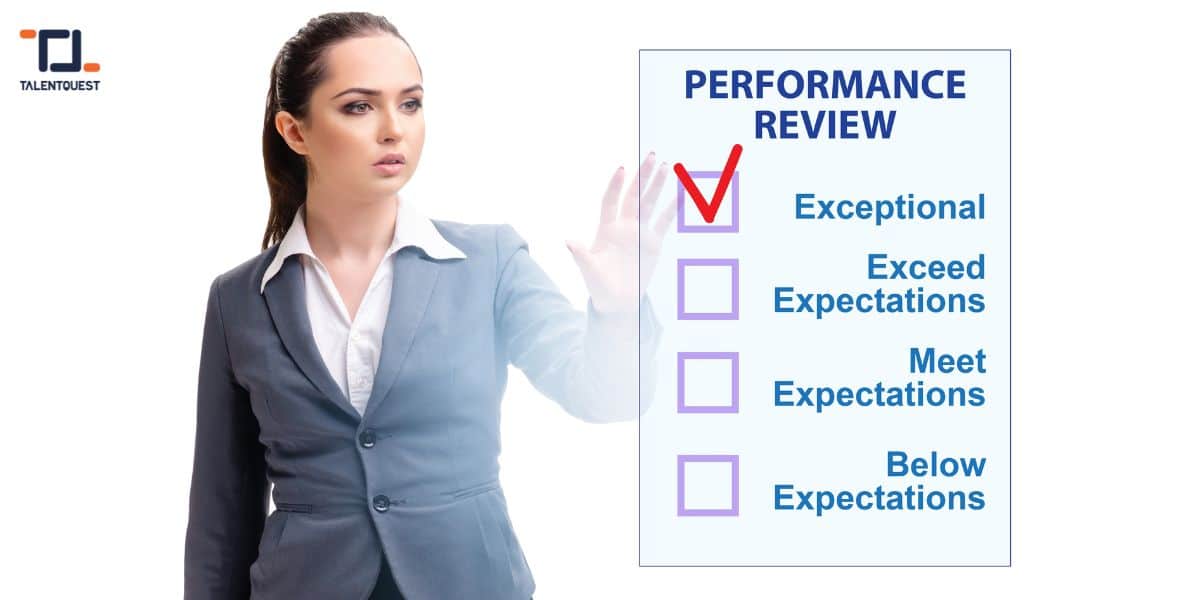
A Once-Per-Year Formal Performance Review Won’t Cut It Anymore
The workforce is evolving, and so are employee expectations. The traditional once-a-year performance review no longer meets the needs of today’s workers. Employees are looking for regular feedback that can guide their growth, help them meet objectives, and keep them motivated throughout the year. But for many managers, keeping up with consistent feedback can feel overwhelming. How do you balance day-to-day tasks with meaningful feedback delivery? And how can an organization transition from the annual performance review model to a more continuous approach without causing chaos?
The key lies in gradual change, and smart tools can help ease the way.
Why Workers Want More Feedback
Employees today—especially younger generations—thrive on regular input. According to a Gallup study, employees who receive consistent feedback are 3.6 times more likely to be motivated to do outstanding work. They don’t want to wait until the end of the year to find out how they’re doing or where they can improve. They want real-time guidance so they can adapt and grow.
More frequent feedback allows workers to course-correct when needed, stay aligned with evolving company goals, and feel recognized for their hard work.
Why Managers Struggle to Provide It
For many managers, giving feedback regularly throughout the year feels daunting. Managing workloads, hitting deadlines, and balancing their own team’s productivity already takes up most of their time. Adding in weekly or even monthly feedback sessions can seem impossible.
Additionally, many managers feel underprepared to give valuable feedback. Without the right tools or training, the feedback process can feel awkward or ineffective, and this can leave both managers and employees frustrated.
Moving Away from Annual Reviews—But Not All at Once
While more consistent feedback is clearly beneficial, transitioning from the traditional annual review model to a continuous feedback loop shouldn’t happen overnight. It’s a process that requires both planning and buy-in from all levels of the company.
It’s unrealistic to expect an organization to go from conducting formal annual reviews to providing constant feedback in one step. Instead, the transition should involve a phased approach that balances formal reviews with informal check-ins throughout the year.
Here’s how to make it work:
1. Combine Formal and Informal Feedback
An effective feedback strategy doesn’t mean formal reviews need to happen every month. Instead, balance structured reviews with informal check-ins.
- Formal reviews: These should happen twice a year, allowing time for goal-setting, deeper discussions about career growth, and tracking long-term progress.
- Informal check-ins: These can happen more frequently, even quarterly or monthly. These shorter conversations focus on specific projects, recent performance, or addressing any challenges as they arise. They’re not about comprehensive evaluations—they’re more like mini-guides that help employees stay on track.
Tools like TalentQuest Check-Ins or employee recognition platforms can facilitate these informal interactions, allowing managers to quickly document feedback without the pressure of a lengthy process.
2. Use Feedback Tools to Streamline the Process
To ease the burden on managers, companies can adopt technology solutions that guide feedback and help document it consistently. Using tools that allow managers to capture quick notes on employee performance throughout the year can reduce the pressure to remember everything at once during a formal review.
For example:
- TalentQuest’s Microsoft Teams integration lets managers document feedback directly from a meeting, turning any conversation into a check-in.
- Feedback apps like 15Five or Lattice provide simple frameworks for managers to give structured, timely feedback that’s easy to track and review.
These tools also help guide managers in delivering feedback more effectively, offering templates, reminders, and suggestions to ensure feedback is clear and actionable.
3. Establish a Pace That Works for Your Team
It’s important to find a feedback cadence that suits both your organization and your team. Some industries or roles may benefit from weekly touchpoints, while others might prefer monthly or quarterly updates. The key is to create a rhythm that managers can realistically maintain and that employees find helpful.
- Start small: If your organization is used to annual reviews, begin by introducing quarterly informal check-ins. Over time, you can adjust the frequency based on how well the team responds.
- Make it part of the culture: Encourage feedback to flow in both directions. Employees should feel comfortable sharing their own thoughts on their progress and how management can support them better.
4. Provide Training for Effective Feedback
For many managers, giving feedback doesn’t come naturally. Organizations should invest in training that helps managers develop these skills. Effective feedback is specific, actionable, and delivered in a way that encourages growth.
Training can cover:
- How to balance positive feedback with constructive criticism
- Best practices for delivering feedback in real-time
- Using tools and platforms to make feedback more efficient and less time-consuming
Transitioning to a More Productive Feedback System
Making the switch from an annual performance review model to a continuous feedback system requires careful planning, the right tools, and ongoing training for managers. By finding a cadence that works for your team, and using technology to streamline the process, feedback can become a valuable and manageable part of everyday work life.
Employees want to know how they’re doing more often, and managers can meet that need with a balanced approach that fosters growth and success for both individuals and the organization.
A once-per-year formal review isn’t enough in today’s world, but it also doesn’t have to be all or nothing. By gradually increasing feedback frequency and using tools to simplify the process, organizations can help employees feel supported and engaged throughout the year without overwhelming managers.
